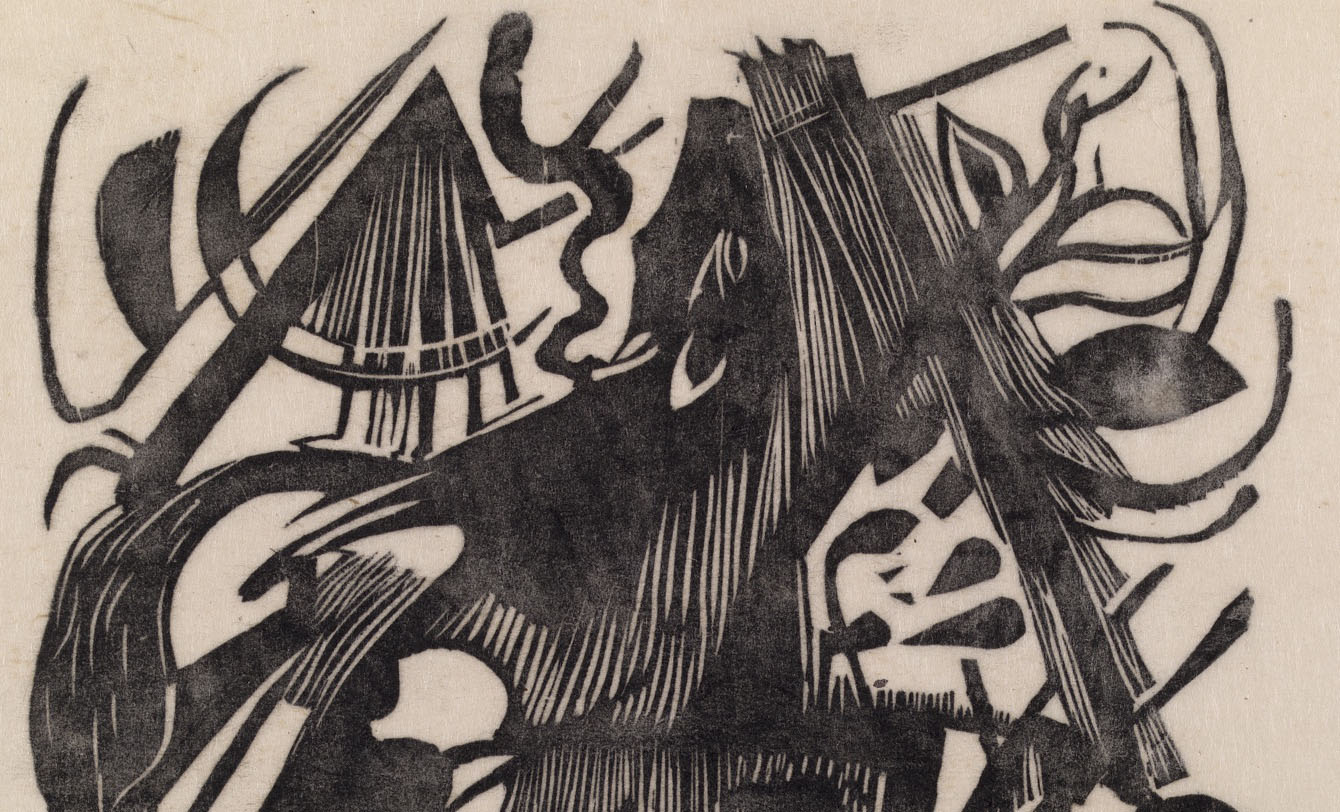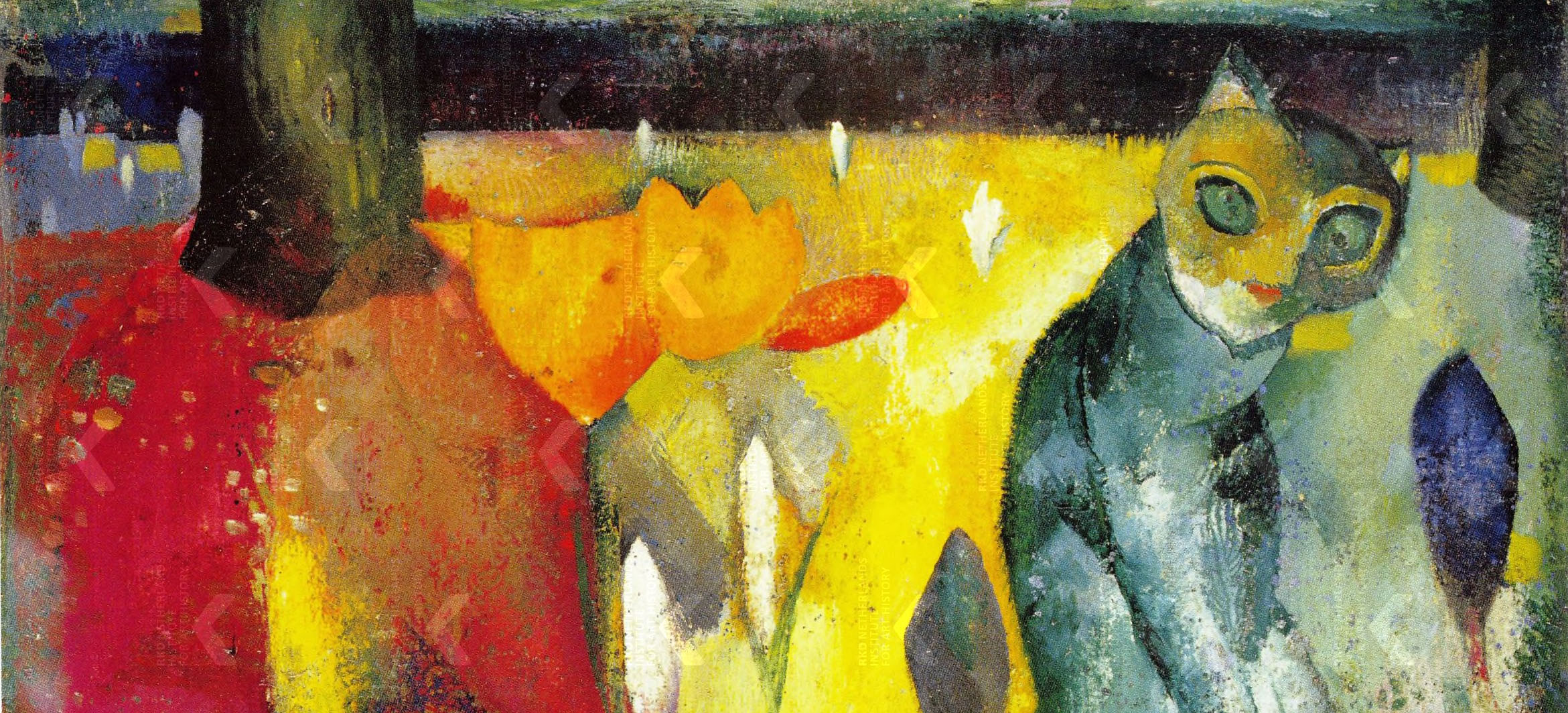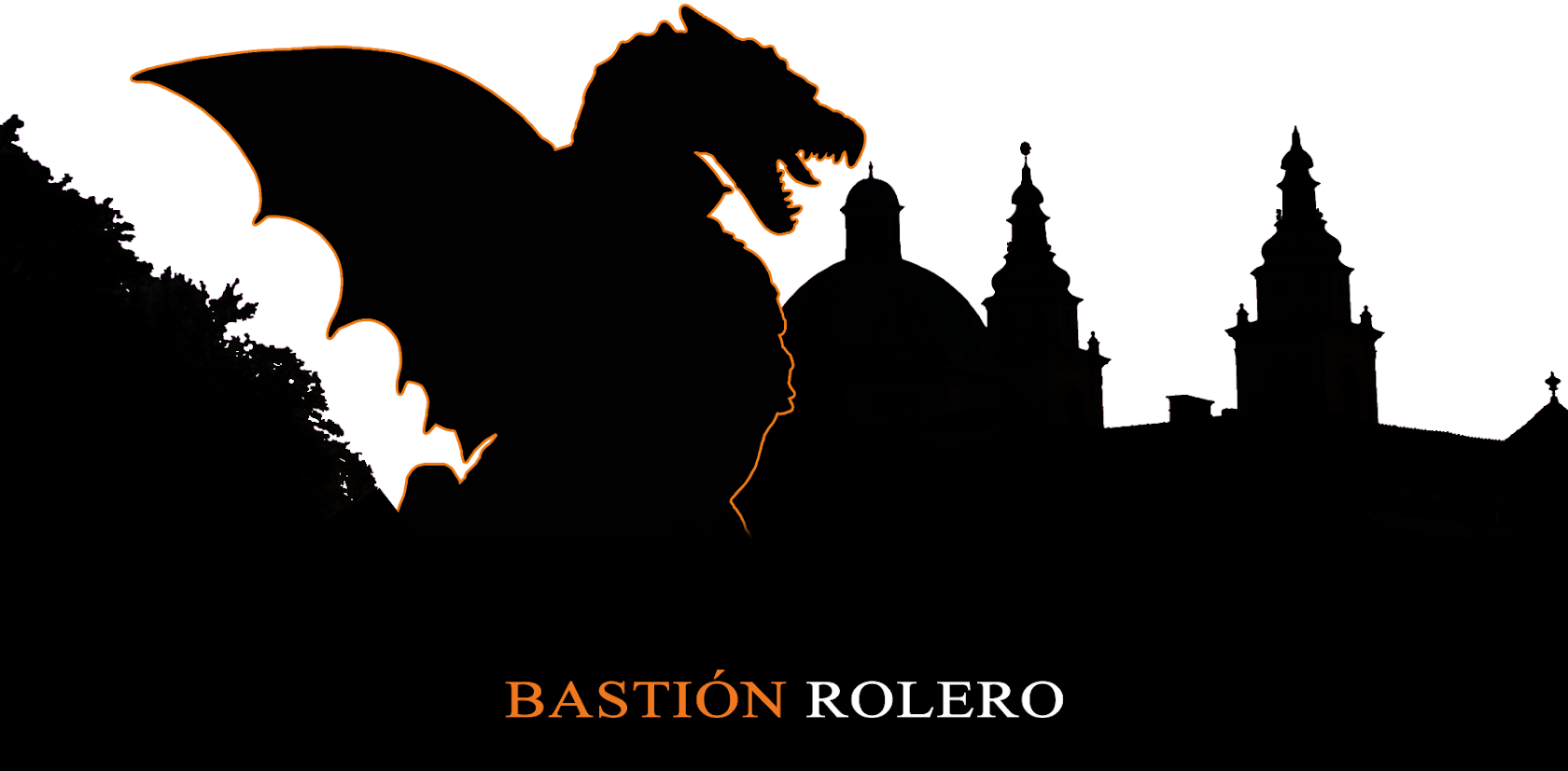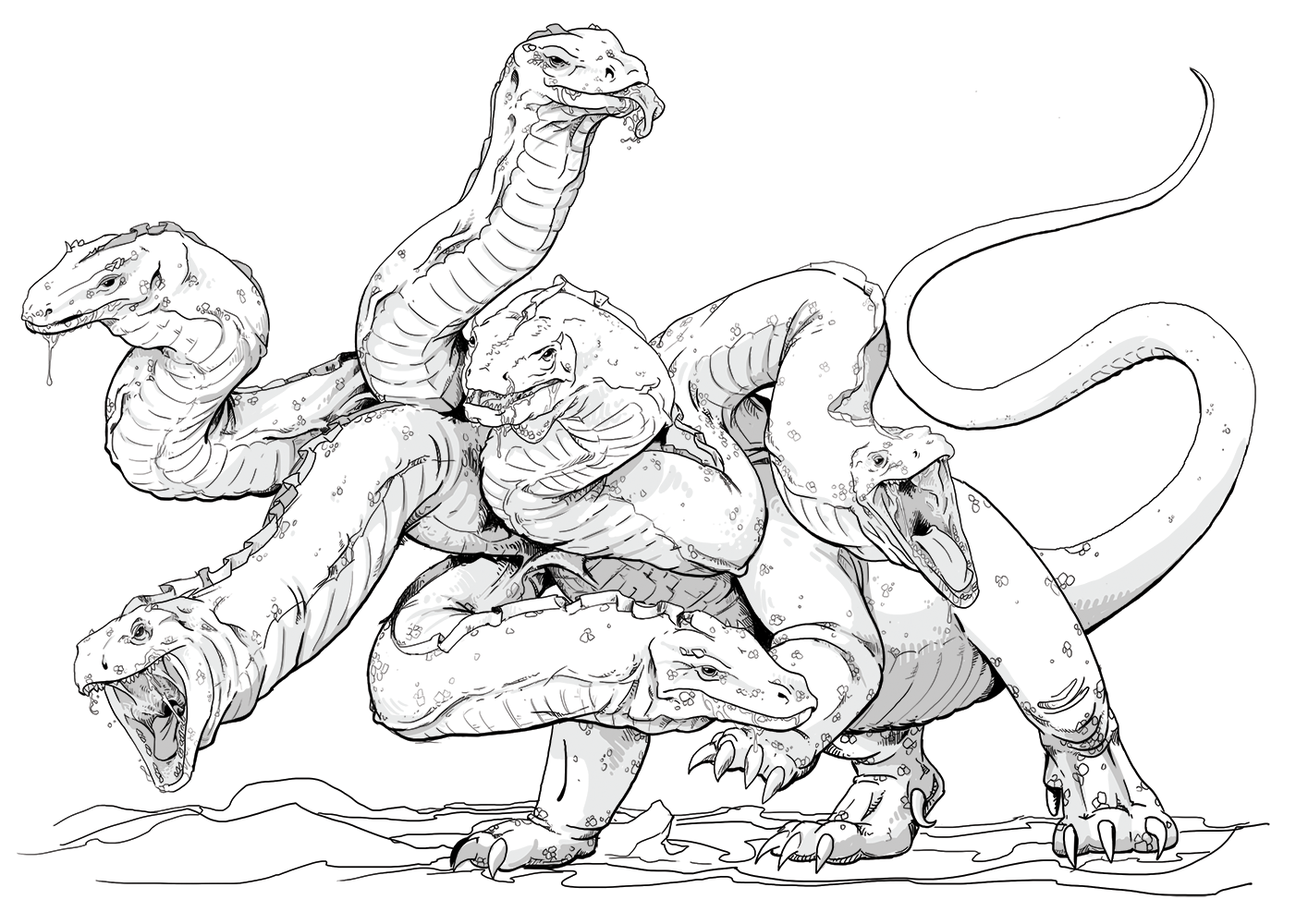Session 17C: Shilukar’s New Friends
The illusion might not have fooled Shilukar if he had been in his right mind, but at this point he was far from it due to the debilitating spells Ranthir had cast upon him. The elf waved his wand in the direction of the illusion (which, of course, had no effect) and banked sharply to the right – flying away from Dominic and Tee.
When characters suffer ability score damage, it’s an awesome opportunity to lean into a roleplaying challenge. This is particularly true of damage to the mental ability scores, which will directly affect the character’s personality and decision-making.
 You can see that in this session, where Shilukar’s dwindling Intelligence score not only resulted in increasingly muddled decision-making, but also a growing sense of panic as Shilukar felt his mind slipping away from him: In a fantastical equivalent to HAL-9000, you have a character getting more and more desperate to solve a problem as it becomes more and more impossible for them to figure out how to do so.
You can see that in this session, where Shilukar’s dwindling Intelligence score not only resulted in increasingly muddled decision-making, but also a growing sense of panic as Shilukar felt his mind slipping away from him: In a fantastical equivalent to HAL-9000, you have a character getting more and more desperate to solve a problem as it becomes more and more impossible for them to figure out how to do so.
Existential horror as a combat tactic.
But that’s just one option. Back in Session 15, we saw that ability score damage can also be played for comedic effect:
Tor, in his befuddled state, was becoming completely entranced by the Ghostly Minstrel’s performance. He began to dance and then to sing along – vigorously and loudly.
Tee, seeing what was happening, excused herself from Mand Scheben and pushed her way through the crowd to Tor’s side. “Tor! Tor!” She finally managed to get his attention. “Calm down! Look, I don’t really think you should be doing that right now.” She looked meaningfully at Tor’s acid-burned and blood-stained clothes.
Tor seemed to think about his seriously for a few moments… and then diligently began stripping off his clothes. Cheers went up from various people around the room.
“No!” Tee grabbed at him, but Tor was intent on getting his clothes off now. Looking around, Tee spotted Agnarr and urgently waved him over. Between the two of them, they were able to get Tor back up to their rooms and settled down.
If you’re feeling uncertain about how to play a modified ability score, consider querying your character by way of the game mechanics: Make an Intelligence test to see if your character is capable of thinking their way through a problem at the moment. Make a Wisdom test to see if they’re able to inhibit their impulse to take off their clothes. Make a Charisma test to see how short-tempered they are.
Note that these same principles apply to physical ability scores, with modifications to those scores being reflected in both action selection and description. Getting hammered by a 10 point loss of Strength must feel as if your body has just been brutalized by a chemotherapy treatment. Think about how a loss of Constitution would leave your character gasping for breath and struggling to wheeze out words. Describe your characters clumsily fumbling with a formal tea service or tripping over the furniture as a result of their reduced Dexterity score.
Keep in mind both the absolute rating of the ability score AND the relative change: Someone who has been knocked down to Intelligence 10 from Intelligence 18 isn’t suddenly a dithering idiot (they have a perfectly average intellect), but from their perspective it’s as if the entire world has been wrapped in gauze. (Although if the loss is permanent, it’s likely that they’ll eventually adapt to their new acuity.)
These moments also offer us an opportunity to reflect on how ability scores define our characters and what their normal ability scores really mean, although this begins to transition us into a broader discussion how we can roleplay characters with abilities – particularly mental abilities – vastly different from our own (which is, perhaps, a topic for another time).
There’s also a flipside to this: What do magic items and buffs that increase your ability scores do to your character?
Just as there should be a change in your character’s behavior if they’re blasted from Wisdom 10 to Wisdom 5, so, too, should reading a tome of clear thought that boosts your Wisdom from 10 to 15. Think about how your character’s perception of the world changes; think about how the decisions they make (and choose not to make) will change; think about how their personality will shift as a result.
Note, too, that I think there are differences between short-term buffs (which are shocks to the system, but fade relatively rapidly) and long-term alterations (which will become integrated into the character’s personality).
And while tomes are one thing, there’s actually something really fascinating about a worn magic item that permanently alters your state of consciousness (i.e., modifies your mental abilities). As you spend more and more time wearing such an item, the existence you know with that item will increasingly become your perception of self. What happens to you when you take off the item? Or have it taken from you?
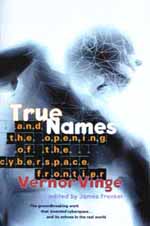 There’s a transhumanist quality here, as if Vernor Vinge’s True Names would be a good source text for this: Like the character for whom part of their personality and thought process now exists in the networked computing devices, so too does the wizard with a tiara of intelligence +4 have an important part of their mind – of themselves! – tied to that item. Are they even the same person without that item? If they lose that item and they replace it with a talisman of intelligence +4, will that restore who they were? Or will they become someone else? Are all +4 boosts the same? Can you just swap out parts of your brain? Or does granting the Ship of Theseus sentience transform the paradox?
There’s a transhumanist quality here, as if Vernor Vinge’s True Names would be a good source text for this: Like the character for whom part of their personality and thought process now exists in the networked computing devices, so too does the wizard with a tiara of intelligence +4 have an important part of their mind – of themselves! – tied to that item. Are they even the same person without that item? If they lose that item and they replace it with a talisman of intelligence +4, will that restore who they were? Or will they become someone else? Are all +4 boosts the same? Can you just swap out parts of your brain? Or does granting the Ship of Theseus sentience transform the paradox?


